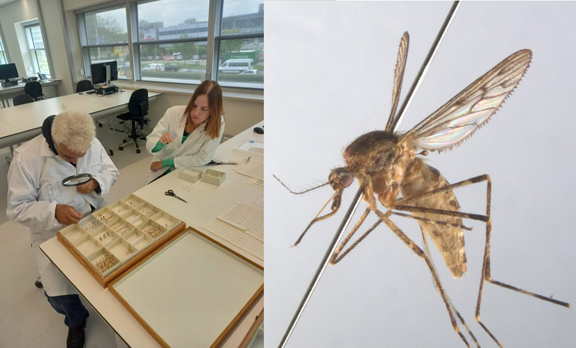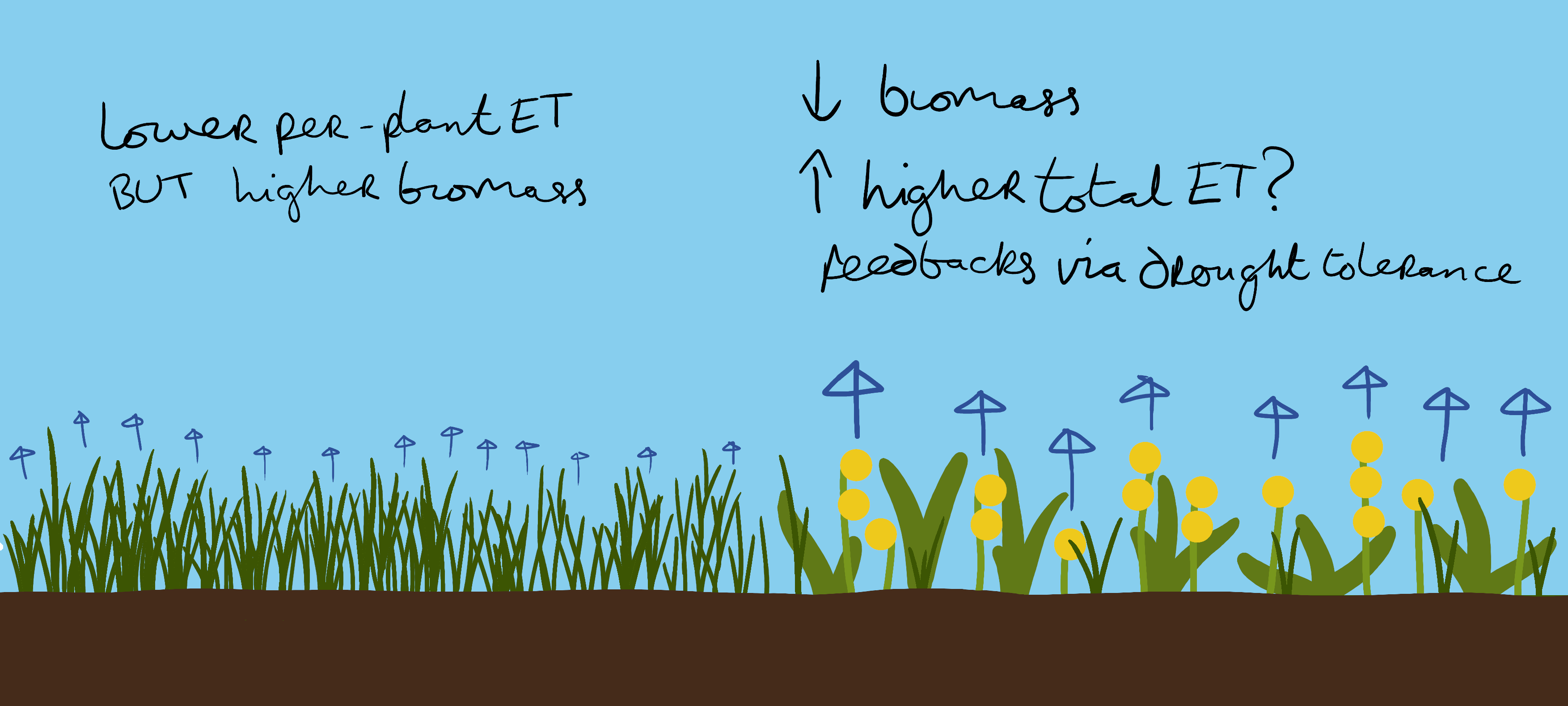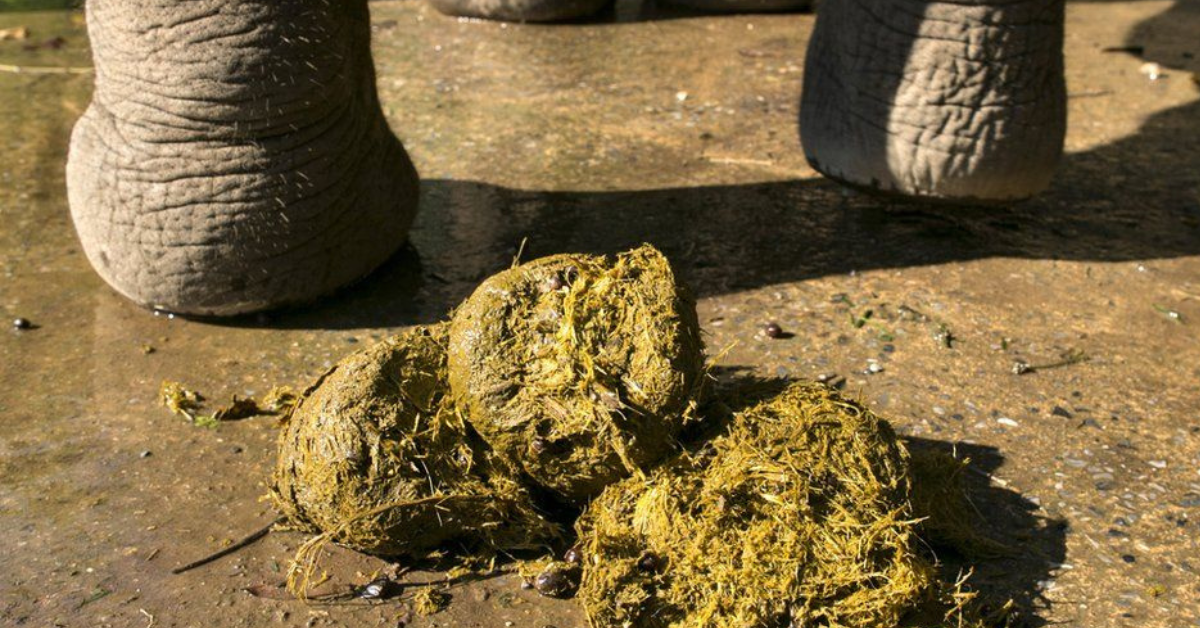
Slievenacloy Nature Reserve is an Ulster Wildlife reserve in Antrim. It is very well managed for upland grassland, with a wealth of Devil’s-Bit dominated grassland.

Slievenacloy Nature Reserve is an Ulster Wildlife reserve in Antrim. It is very well managed for upland grassland, with a wealth of Devil’s-Bit dominated grassland.

On the thirteenth of August, I was at Killard National Nature Reserve, Co. Down, with my mum. We were looking for Frog Orchids and other species rare in the county like Quaking Grass and Field Scabious. She found a plant she didn’t recognise and asked me what it was, and it was Autumn Lady’s Tresses. I knew I hadn’t seen it before and wasn’t sure it had been recorded anywhere near before.

The model in this post is based on the one in Cameron et al. (2009), improving how seed dispersal is modelled and the dynamics are visualised. I have become a bit obsessed with hemiparasitic plants recently. When I found Cameron et al.’s paper on how Yellow Rattle can create interesting spatial dynamics in grasslands¹, I got quite excited. I have been learning python this year so I thought I may as well try to replicate their model.

Field notes of early-20th century entomologist Johanna Bonne-Wepster have been turned into crucial new public health data through digitization, filling data gaps and continuing her legacy in forming Dutch tropical medicine research. Natural history collections contain huge amounts of information on diversity, distribution and ecology of a variety of species; however, much of this valuable information is effectively lost

7/10/2023 UPDATE: I have discovered other authors came up with this idea before me, as noted by Press and Phoenix¹¹. At least two authors have mentioned it: in the context of mistletoes¹²; and a North American root hemiparasite, Triphysaria ¹³. However, as far as I can tell the hypothesis has never been tested.

Explanation of why identifying animal droppings and poo is important Identifying animal droppings and poo is important for several reasons, including: Understanding animal behavior: The type and location of animal droppings and poo can provide valuable insights into the behavior of the animals that produced them.

Explanation of the importance of studying birds Studying birds is important for many reasons. Birds play important roles in ecosystems, serving as pollinators, seed dispersers, and predators of insects and other animals. They also provide valuable ecosystem services, such as pest control and nutrient cycling. Studying birds can help us understand how ecosystems function and how they are changing over time.

Mammals are a diverse group of animals that share several common characteristics, including having hair or fur, being warm-blooded, and producing milk to nourish their young. Mammals also have specialized teeth for biting and chewing, and many have well-developed brains capable of complex behaviors and communication.

Brief overview of Sri Lankan Leopard The Sri Lankan Leopard, also known as Panthera pardus kotiya , is a subspecies of leopard found only on the island of Sri Lanka. It is the largest predator on the island and plays a vital role in maintaining the ecosystem’s balance. The Sri Lankan Leopard is considered an apex predator and is one of the most elusive big cats in the world.

Honey bees Honey bees are a species of social insect that play an important role in pollinating plants and producing honey. They belong to the genus Apis, which includes several species, the most common of which is Apis mellifera. Honey bees are found on every continent except Antarctica and are often kept by humans for their honey and beeswax.